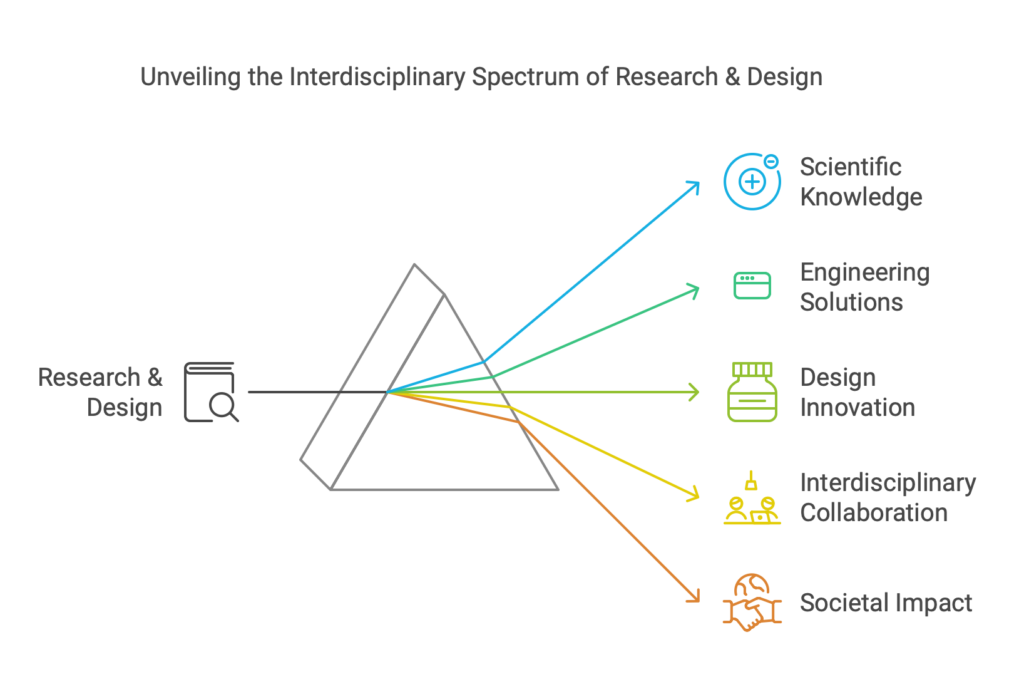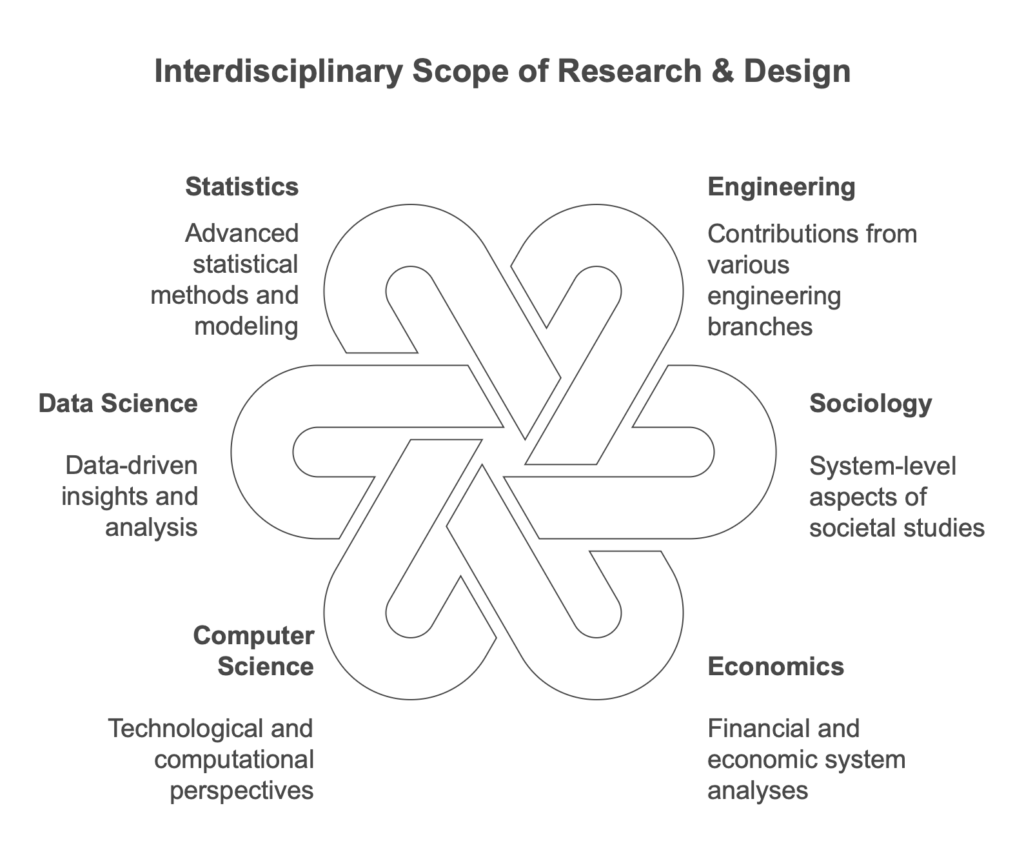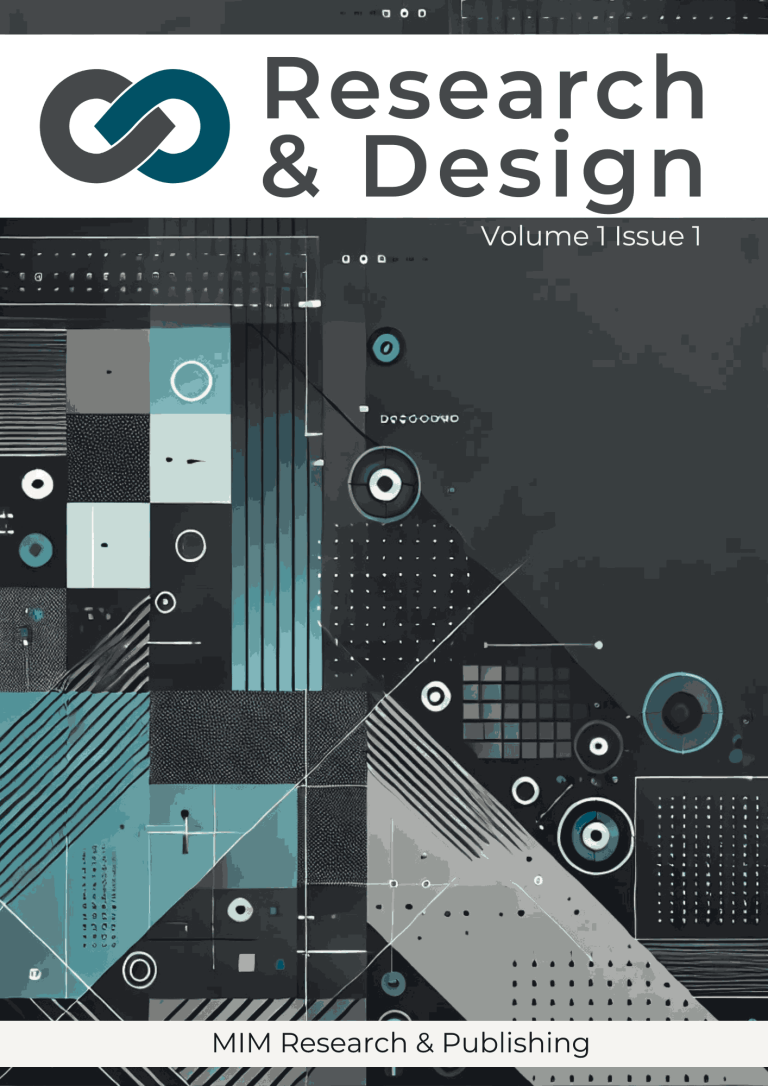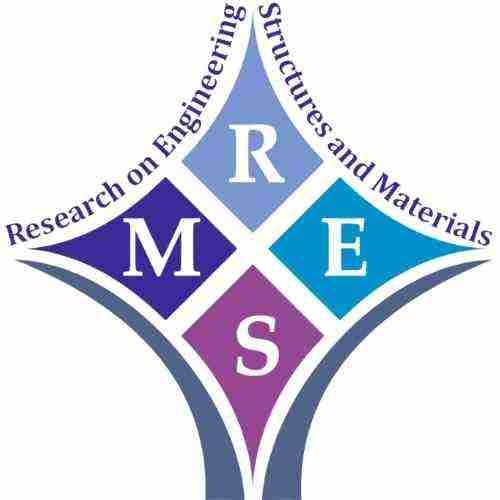Aim & Scope
Aim and scope for Research & Design journal
Aim
Research & Design aims to serve as a comprehensive platform for advancing scientific, engineering, and design knowledge across diverse domains. The journal is dedicated to fostering an interdisciplinary approach to research and development that aligns with the solution-oriented nature of science. By bridging the domains of research and design, the journal aspires to guide the development of innovative solutions that address complex challenges that humanity faced. The journal embodies the dual approach inherent in problem-solving: beginning with rigorous research to understand and analyze phenomena, followed by innovative design to create effective solutions. By facilitating this process of discovery and application, Research & Design aims to inspire studies that both investigate underlying mechanisms and propose actionable designs, bridging the path from understanding to tangible improvements.
The journal aspires to serve as a comprehensive, interdisciplinary platform that encourages collaboration across fields where research and design interact and intersect to create solutions. By embracing this “problem solution mechanism” of science, Research & Design highlights how societal challenges can be addressed through a thoughtful cycle of inquiry and innovation, encompassing diverse fields that collectively contribute to engineering, social systems, technological advancements, and aesthetic applications.
Research & Design is intended for academics, professionals, and practitioners who contribute to or benefit from the exchange of rigorous scientific and technical insights within and beyond the research and design communities.

Scope
Research & Design embraces a wide-ranging interdisciplinary scope, reflecting the interconnected systems, phenomena, and innovations that drive progress across fields. It welcomes contributions from almost all branches of engineering, the system level aspects of Sociology, Economics and Finance aiming to enhance understanding and offering solutions within these critical frameworks. Expanding the focus on interdisciplinary connections, Research & Design also includes research and design perspectives from Computer Science, Data Science, and advanced Statistical methods, where system analysis and optimization play crucial roles. Additionally, the journal places emphasis on aesthetic and functional considerations within Architecture, Industrial Design, Game Development, and Gamification.
Contributors to the journal are encouraged to share studies that span experimental, theoretical, and applied research, with a preference for interdisciplinary approaches that cross traditional boundaries. Topics of particular interest include, but are not limited to:
Social Sciences and Economics:
- Economics and Finance: Focus on economic systems design, sustainable investment models, financial technologies (FinTech), behavioral finance, and economic resilience.
- Management Science: Organizational design, supply chain optimization, decision science, operational research, and resilience analysis in complex systems.
- Sociology: Exploration of systemic issues in urban environments, social resilience, community-based solutions, social equity in urban planning, and public policy modeling.
Computer and Data Sciences:
- Artificial Intelligence and Machine Learning: Applications in predictive modeling, computer vision, natural language processing, and smart city technologies.
- Data Science and System Optimization: Big data analytics, network theory, complex system simulations, real-time decision-making, and social network analysis.
- Cyber-Physical Systems: Exploration of autonomous transportation, Internet of Things (IoT) systems, cyber-physical security, and smart urban planning for sustainable cities.
Engineering and Applied Sciences:
- Mechanical and Electrical Engineering: Automation, robotics, renewable energy, thermofluid systems, power grid design, and autonomous transportation solutions.
- Chemical and Materials Science: Development of eco-friendly materials, sustainable materials, biomaterials, materials for renewable energy, and waste reduction technologies.
- Civil, Structural, and Environmental Engineering: Sustainable infrastructure, seismic resilience, water resource management, urban planning, climate adaptation, and disaster-resistant infrastructure.
Environmental and Circular Design:
- Eco-Architecture and Circular Product Design: Emphasis on eco-architecture, circular product design, resource recovery, waste-to-energy solutions, and lifecycle assessment to promote sustainable development.
Quantitative Research and Statistical Modeling:
- Statistical Techniques: Advanced statistical methods in hypothesis testing, probabilistic models, multivariate analysis, and support for experimental and observational research in transportation, healthcare, and epidemic modeling.
Research and Design in Aesthetics:
- Architecture and Urban Design: Adaptive reuse, green building technologies, smart urban planning, public space design, and urban landscapes supporting environmental sustainability.
- Industrial Design: Ergonomics, material innovation, cognitive ergonomics, lifecycle assessment, and functional aesthetics in consumer product design.
- Fashion and Beauty: Exploration of aesthetics influencing trends, consumer preferences, and positive user experience in the fashion and beauty industries.
Interface Design and User Experience (UX):
- Digital Systems and Interfaces: Focus on user experience (UX) in virtual and augmented reality, assistive technologies, user-centered digital systems, and enhancing engagement through aesthetic appeal.
- Game Design and Gamification: Educational games, user-centered design, behavioral analysis, cognitive ergonomics, and gamified systems for interactive learning platforms.





























